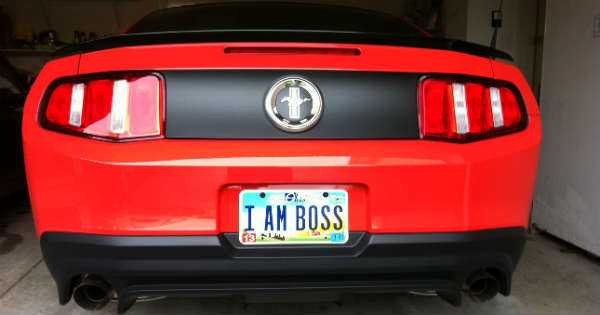When customizing your vehicle, even the smallest details can make a big difference in its overall appearance. One such detail is your vehicle’s number plate. Traditionally, number plates have been flat and one-dimensional, but in recent years, 3D number plates have gained popularity for their unique and eye-catching design. Let`s explore how 3D number plates differ from traditional ones and why they are becoming a sought-after choice among car enthusiasts.

Appearance
Traditional Number Plates: Traditional number plates are flat and typically made of acrylic or metal. They display the registration number and are often plain, with limited design options.
3D Number Plates: 3D number plates, on the other hand, have a distinctive raised appearance. The characters and borders of the plates are embossed, giving them a three-dimensional look. This added depth creates a more dynamic and visually appealing design.
Materials
Traditional Number Plates: Traditional plates are commonly made from acrylic or metal materials. They are relatively simple to manufacture and are available in various sizes and styles to meet legal requirements.
3D Number Plates: 3D number plates are typically made from premium materials like high-quality acrylic. The embossing process requires precision, and the resulting plates are durable and stylish.
Legality and Compliance
Traditional Number Plates: Traditional number plates must adhere to legal standards regarding font, size, spacing, and color. Non-compliance can result in fines or penalties.
3D Number Plates: 3D number plates are designed to meet legal requirements while offering a unique appearance. Reputable manufacturers ensure that their 3D plates adhere to legal standards and are fully compliant with road regulations.
Customization
Traditional Number Plates: Traditional plates allow for limited customization, primarily in terms of the font and style of the characters. However, the overall design remains relatively flat.
3D Number Plates: 3D plates offer more opportunities for customization. The embossed characters and borders can be customized in terms of font, style, color, and even additional design elements. This level of personalization allows vehicle owners to create a distinctive look for their plates.
Visibility and Aesthetics
Traditional Number Plates: Traditional plates are functional but may lack the visual impact of 3D plates. They serve their purpose but may not enhance the vehicle’s aesthetics.
3D Number Plates: 3D plates serve their functional role and add a touch of sophistication and uniqueness to the vehicle’s exterior. The raised characters create a sense of depth and can be easier to read from a distance.
Durability
Traditional Number Plates: Traditional plates are durable and can withstand weather conditions and road debris. They are designed to last for years.
3D Number Plates: 3D plates are also durable, and embossed characters are less prone to fading or damage compared to flat designs. High-quality materials ensure long-lasting performance.
While traditional number plates are a standard choice for vehicles, 3D number plates offer a distinctive and visually appealing alternative. Their raised, embossed design creates a sense of depth and customization that can enhance a vehicle’s overall look without compromising legality or durability. For car enthusiasts looking to make a statement and add a touch of uniqueness to their vehicles, 3D number plates are a stylish and eye-catching option.
Some companies offer laser-cut number plates with premium materials and customizable designs. With these unique and distinctive number plates, you can upgrade your vehicle’s appearance and stand out on the road.

